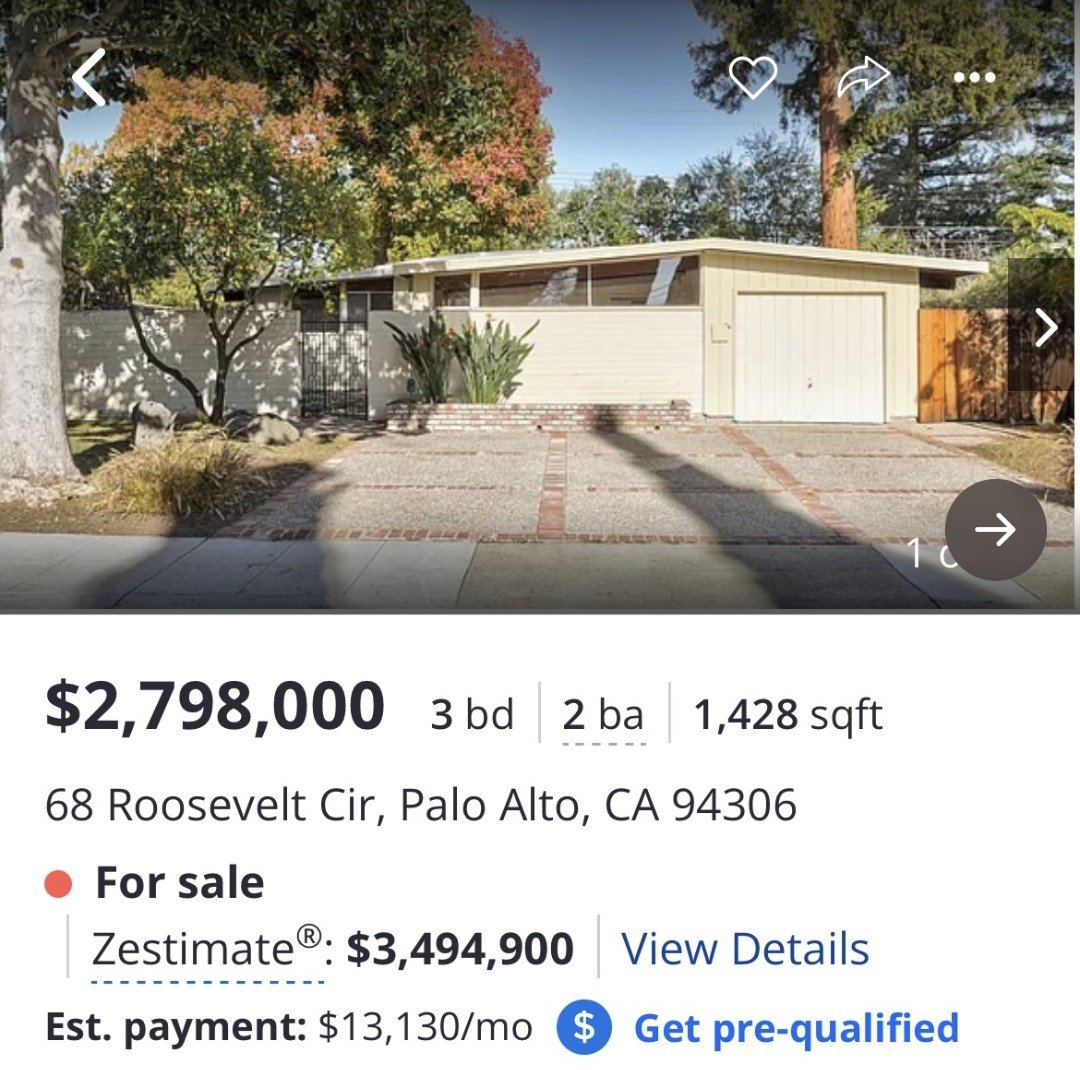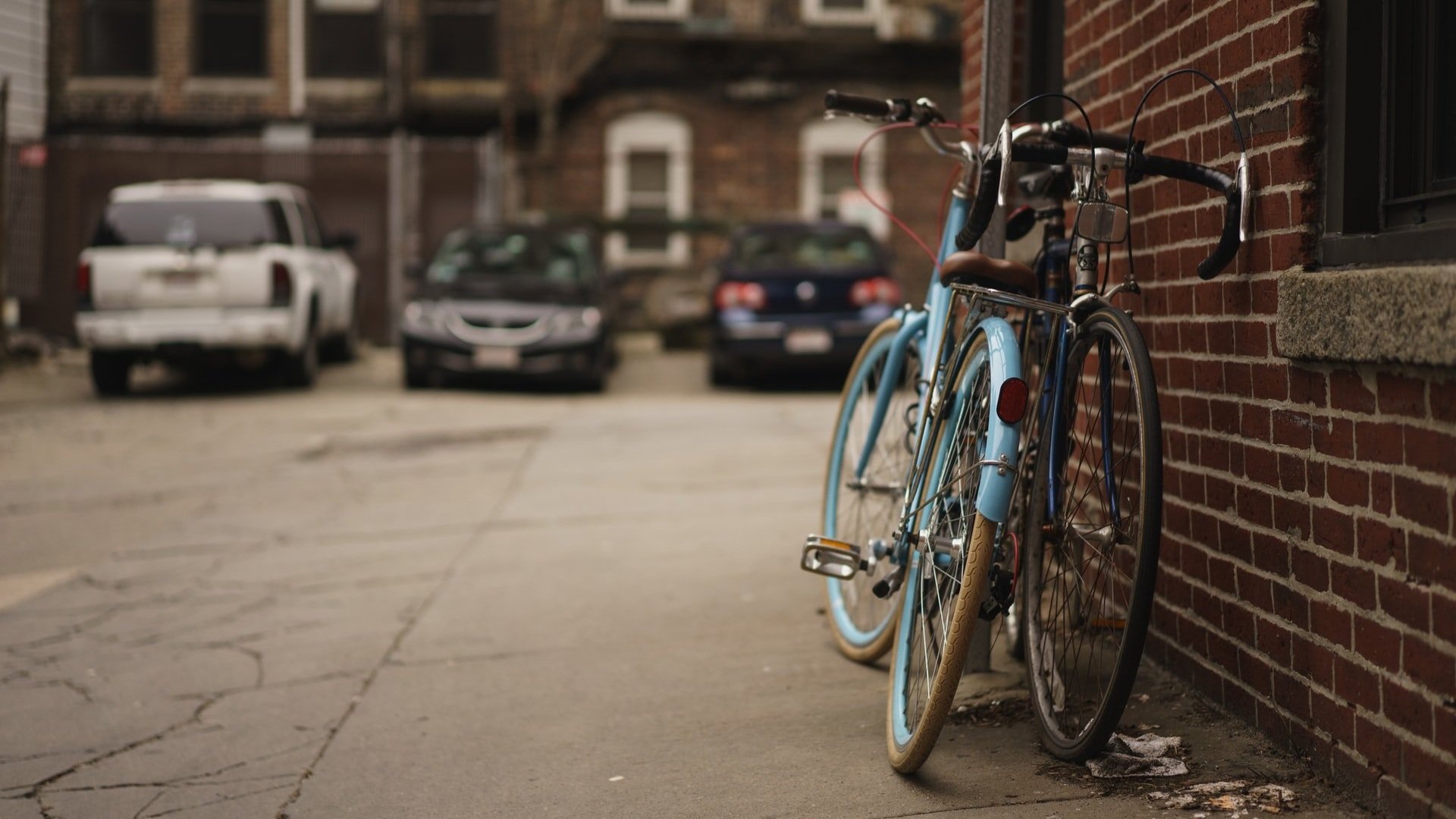Friday Faves - Your Weekly Strong Towns Roundup
Strong Towns staff in Oklahoma City, doing some strategic planning—and having more than a few laughs, as well!
Last week, the Strong Towns team met up in Oklahoma City for a staff retreat and to attend the 30th annual Congress For The New Urbanism. Every time we meet, we not only get to reconnect with each other as friends and colleagues, but we also get to do some highly productive planning. The ideas we came up with on this trip for future content were especially exciting, and we hope you’re going to love it all when we finally get to share it with you.
In other news, the Strongest Town Contest is coming to an exciting close with the championship round next week! After several intense weeks of voting, it’s Jasper, Indiana, versus Norwood, Ohio, in the finals. Join us on Monday, April 4, at 3:00 p.m. CT to see representatives of each town face off in a live Zoom webinar hosted by Strong Towns Program Director Rachel Quednau and Content Manager Jay Stange.
Comment of the Week:
Value of time is shaky when its abstract and not individual’s money; look at how long many drivers are willing to spend waiting for gas that’s $0.10 cheaper.
— Desmond BLIEK (@desmondbliek) March 21, 2022
Here’s what Strong Towns staff were up to this week:
Strong Towns Staffers Shina Shayesteh (left) and Seairra Sheppard (right) pose outside of Oklahoma City’s Cowboy Museum.
Seairra: Last week Strong Towns staff gathered in Oklahoma City for one of our staff retreats. After days filled with presentations and discussions about everything Strong Towns, my colleague Shina and I took a trip to The National Cowboy Museum mere hours before our flights back home.
It was absolutely captivating; we recommend anyone make the visit. And if you go soon, you might get to see our Strong Towns postcard hanging in the main hall!
We saw displays of colorful and awesome cowboy boots, carriages, lifelike statues, amazing artwork, and so much more.
One display in particular caught our attention: a short writeup on the destruction interstate highways had on small towns. Interstate highways are a big conversation in the Strong Towns community as we battle over unnecessary highway expansions—most recently we touched on the topic in Joe Cortright’s piece “Freeway Widening for Whomst?”
The interstate highway system was a great invention that dramatically changed the way Americans lived, but it came at a detrimental cost to many. Next week, I’ll be writing a bit more about this topic, so stay tuned for a ride (pun intended) down the historical road of the Interstate Highway system!
Lauren: Recipe for Keto Cookies:
7 egg whites, 1.5 cups almond flour, pinch of salt, ¾ tsp cream of tartar, 1 tsp each vanilla and almond extract, 3 tbsp honey, ½ tsp each cinnamon and nutmeg, dark chocolate bar of choice.
Preheat oven to 325°F. Beat egg whites until soft peaks form. Add cream of tartar, honey, vanilla and almond extract. Beat until stiff peaks form. In separate bowl, combine dry ingredients. Gently fold dry ingredients into egg mixture. Spoon onto silicon sheet on baking tray and bake until edges are light brown. While they cool, melt your chocolate to add a drizzle to the top. They’ll be soft on day one, and pleasantly crunchy thereafter. Makes 30 cookies and it works out to about 3.5 carbs per cookie (much of which is dietary fiber). Don’t like almonds? Try orange extract, or lemon extract with coconut on top. Go wild!
The Silos in Waco, TX. (Source: Magnolia.)
Michelle: The 30th annual Congress For The New Urbanism event took place in Oklahoma City last week. My spouse regularly attends this event and I always tag along for the free hotel stay and guaranteed babysitting from my in-laws. It was a wonderful experience, like always. This year we also went to the pre-conference event hosted by the CityBuilding Express. This was a two-day tour from San Antonio to Oklahoma City, where we had special access tours through various neighborhoods and were guided by the folks who were involved in their creation. We were toured through the Alamo by their lead conservator, walked through a couple of tiny house communities, got an extensive download of Monte Anderson projects in Duncanville (by the man himself), and even stopped by The Silos in Waco. I’m not gonna lie, The Silos were the reason why I signed up for this in the first place, but I really ended up enjoying ALL of it. It was a very busy, fun time. If you love nerding out about the built environment and being surrounded by technical experts, then this tour is for you. They usually put on an annual CityBuilding Exchange event in the Fall but I’m not sure what the plans are because of the pandemic. Follow their Facebook to see what the plans are for the next one.
(Source: Alamy.)
Jay: My wife is smarter than I am. This is a fact, not some lame, patriarchal joke. So one of my favorite conversations I have with her is when I try to engage her in a news story involving sports. She is a data analyst/statistician and she doesn’t see the point of paying attention to sports, which is in direct contrast to one of my great passions. Walking by while I’m listening to a Red Sox game on the radio, she’ll say something like, “How long does the baseball season last, anyway?” Can you see my irresistible challenge?
She’s a great mom, so I’ve been able to talk with her about how playing team sports is good for kids because it helps them learn to work with others and it’s good exercise. And one of her old bosses who she liked a lot always had ESPN on three screens in his office. He also had the Moneyball book, which is the perfect amalgamation of sports and statistics as it relates to baseball management. So, my wife and I have put baseball and spreadsheets and statistics on the conversation table many times. Marriage is a dance and I think the best ones have partners that take turns leading and following. Sometimes you’re the gas and sometimes you’re the brakes. It’s opening day next week for the 2022 Major League Baseball season, thanks to a last minute deal to avoid a strike. Have you ever heard about the sacrosanct link between urbanism and baseball? One second, let me get my coffee…
Christopher Alexander. (Source: Wikimedia Commons.)
Chuck: Christopher Alexander, the genius urbanist and author of many essential books, including A Pattern Language, passed away recently. I share this New York Times obituary for its prestige—few people receive such commemoration—but not for its content, which I think falls far short of affording him the honor his enormous contributions to city-building deserve. Alexander’s work inspired countless people, including myself. His calls for humility and simplicity in the face of complexity are made all the more powerful by his enormous intellect and capacity. He was a giant who will be greatly missed and fondly remembered.
(Source: The Deleted Scenes.)
Daniel: Addison Del Mastro is a regular contributor to Strong Towns, but this piece from Addison’s own Substack newsletter is worth the additional attention of Strong Towns readers. In it, Addison asks us to consider what it really means that a dated mid-20th-century ranch house in Palo Alto, California, is listed for $3 million. In what sense is that house “worth” $3 million, when you consider the value we place on shelter in other places? In what sense is a $4,000 house in Detroit “worth” that sum?
The simple economic answer is that these prices reflect how much the market values the underlying land, not the building (which, in Palo Alto, is certainly destined to be a teardown). But Addison takes the question one step further, and his answer is that these kinds of absurd numbers are the artifacts of a market groaning under the weight of multiple, compounding regulatory and policy distortions. “It’s a ‘does not compute’ answer that the economy spits out when we try to suppress normal market forces. It’s the American equivalent of the stories about East Germans being able to buy nothing but pickled cabbage at the grocery store.”
(Source: Unsplash.)
Rachel: Let’s talk about the power of bikes. This article from Reasons to Be Cheerful discusses the life-changing power of bicycles across the world, especially for people living in poverty. It can mean the difference between getting to school or not, from getting to a job or going hungry. A nonprofit called World Bicycle Relief has given away more than 635,000 bikes to people in need since 2005 with a strategic mindset around helping children travel safely to school and helping adults access employment.
“Studies in Africa have shown that a bicycle can increase a family’s income by as much as 35 percent,” the article explains. But we know bikes aren’t just a powerful tool in developing countries. The article reminded me of a podcast interview I did a few months ago with Kirk Seyfert who leads a bike nonprofit in Salem, Oregon, helping low-income people get free or low-cost bikes and also employing young people to fix up bicycles. In that conversation, Seyfert talks about one of the first men he worked with to get a bike. This guy had a third shift job and the buses in Salem didn’t run late enough to get him to or from work. He couldn’t afford a car, so he was walking dozens of miles a day just to get to his job. A bike changed everything for him. It’s a good reminder that making our cities easier places to bike—and perhaps donating your old bike to a local nonprofit—can make a huge difference in someone’s life.
—
Finally, from all of us, a warm welcome to the newest members of the Strong Towns movement: Jacob Bartlam, Brian Burgess, Daniel Costello, Cheryl Craig, Susan Crooke, Flavio Espaillat, Michael Esparza, Patrick Fowler, Derek Friesen, Ed Gulick, Shelley Lenz, Isaac M May, Donovan Mikrot, Michael Neiss, Douglas Prather, Kelsey Rote, Mark Skovorodko, Sean Smith, Nancy VanBoskirk, Francis Viggiano, and Brendan Wewer.
Your support helps us provide tools, resources, and community to people who are building strong towns across the country.
What stories got you thinking this week? Please share them in the comments!











